Crop burning, or slash and burn, as it has been historically known, is a major cause of pollution in Chiang Mai and much of the North of Thailand.
Actually, it happens all over Thailand, but Chiang Mai has a torrid reputation for producing the worst haze (smog).
One reason for this is that it is surrounded by a number of mountains, namely Doi Suthep, Doi Saket, Doi Inthanon and Doi Khun Tan.
These mountains form a trap around the area, which contains the dense smoke from crop burning and allows it to linger over the area.
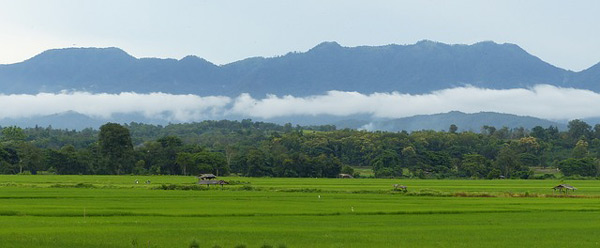
Burning fields create a dense layer of smoke below along the foothills of Chiang mAI
Crop burning happens all over SE Asia, and in recent years haze from Indonesia and Malaysia has severely affected air quality in the South of Thailand.
The 2015 Southeast Asian haze was an air pollution crisis affecting several countries in Southeast Asia, including Brunei, Indonesia (especially its islands of Sumatra and Borneo), Malaysia, Singapore, southern Thailand, Vietnam, Cambodia and the Philippines.
It was the latest occurrence of the Southeast Asian haze, a long-term issue that occurs in varying intensity during every dry season in the region.
It was caused by forest fires resulting from illegal slash-and-burn practices, principally on the Indonesian islands of Sumatra and Kalimantan, which then spread quickly in the dry season. (Source: Wikipedia)
Chiang Mai is the North, where its crop-burning haze is added to by the same drifting in from over the border in Myanmar.
I'm sure, however, than they blame Chiang Mai for their problem in equal measure.
In this FAQ guide, I'll run through all you need to know about crop burning, including the risks and best avoidance/protection tactics.
When is the Chiang Mai Burning Season?
The crop burning happens between late February and early April each year.
If you book your holiday outside of this period, you'll avoid most of the pollution.
However, depending on the weather and how late/early harvests have been, burning can take place outside of these dates.
Why Do They Burn Crops?
Rice and corn fields are set on fire to clear land quickly. At the same time this fertilises the soil so that new crops can be planted ahead of the rainy season.
It is actually counterproductive, because over the years it causes the soil to become nutritionally poor. It also damages the ecosystem by destroying insects en masse.
Slash-and-burn agriculture, or fire–fallow cultivation, is a farming method that involves the cutting and burning of plants in a forest or woodland to create a field called a swidden. (Preparing fields by deforestation is called assarting.)
In subsistence agriculture, slash-and-burn typically uses little technology. It is often applied in shifting cultivation agriculture (such as in the Amazon rainforest) and in transhumance livestock herding.
The technique is not scalable or sustainable for large human populations. Methods such as Inga alley farming have been proposed as alternatives which would cause less environmental degradation. (Source: Wikipedia)
Why is Crop Burning Dangerous?
With what we know about air pollution now, crop burning is a health hazard. The smoke and dust particles created by the burning causes respiratory problems for everyone, but particularly for young children and old people.
It is most dangerous when there is no wind factor to blow the smoke away.
In dry, humid conditions a smog will form and condense in the air, making the air polluted and hazardous to breathe.
This is not a new problem. In fact, studies dating back to the 90s and early 2000s show that Chiang Mai has a serious problem:
In the rural and border areas, most notably Chiangmai, agricultural burning and forest fires, including transboundary haze from Myanmar, have contributed to high levels of PM10, which have increased to critical levels since 2006 [250 μg/m3, 300 μg/m3, 175 μg/m3, and 220 μg/m3 in 2006, 2007, 2008, and 2009, respectively (PCD 2010)].
More importantly, many consecutive days of high PM10 levels resulted in increases in hospital admissions and outpatient visits (Chiangmai Provincial Public Health Office 2007). (Source: NIH)
Why Don't the Government Ban Crop Burning?
The practice is closely linked to economics. Slash and burn takes place in mostly poorer countries, where resources for proper cultivation of the land are in short supply.
Thai farmers need the fastest and cheapest way of ensuring they can get crops planted for the new season.
The government would need to subsidize farming and provide the proper machinery in order to stop the practice completely.
What's the Air Like Without Crop Burning?
Not so good, I'm afraid. A study from 2005 looked at total suspended particulate matter (TSP) loading as well as its spatial and daily variation in Chiang Mai ambient air.
The study reported the following:
The level of airborne particulate matter deduced from this study was above the baseline level at which deaths, hospital admission and respiratory
conditions were predicted to be in excess. The baseline levels used by Martuzzi et al were 30 and 40 µg/m3 for PM10. It was clear that particulate matter levels in Chiang Mai atmosphere were high, serious health problems may be expected to occur.
Oh Man, is There Any Good News?
Yes.
Short term, sensible exposure to general air pollution in Chiang Mai is not likely to affect healthy individuals.
A study from 2008, which assessed the short-term effects of air pollution and temperature on daily out-patient visits and hospital admissions in Chiang Mai, Thailand, from October 2002 to September 2006, concluded the following:
There was evidence of hot temperature effects (though wide confidence intervals), with an increase in diabetic visits of 26.3% (95% Cl, 7.1% to 49.0%), and in circulatory visits of 19.2% (95% Cl, 7.0% to 32.8%) for each 1°C increase in temperature above 29°C.
There was a rise of both the visits (3.7% increase, 95% Cl, 1.5% to 5.9%) and admissions (5.8% increase, 95% Cl, 2.3% to 9.3%) due to intestinal infectious disease for each 1°C increase across the whole temperature range.
Despite no statistically significant differences between subgroups, air pollution effects were stronger in the elderly, females and manual workers, whereas temperature effects were stronger in the elderly, male and unemployed people.
This study suggests that while there was little evidence of air pollution effects, there was significant evidence of high temperature effects on daily morbidity in Chiang Mai. The elderly seemed to be more vulnerable to the daily changes of both air pollution and temperature. (Source: LHSTM)
As for negating the long term effects on short term exposure, the answer appears to be to eat more broccoli, and greens in general.
Broccoli sprouts are a source of glucoraphanin, which creates sulforaphane when chewed or swallowed. This compound accelerates the body’s ability to detoxify from various pollutants, heal cells and prevent cancer. Source: (NIH)
7 Tips to Protect Yourself from the CM Haze
1. Plan Your Day Around the AQI
During the burning season it is best to limit your time outdoors, but don't just stay in like a hermit.
Check the Air Quality Index and see how safe the air is that day.
You want to pay close attention to levels of small particulate matter PM 2.5, as well as PM 10 and PM 1.0.
However, as I point out in my comprehensive post on air pollution in Thailand, PM 2.5 is often not reported by some reporting stations, rendering the reading inaccurate.
Plan your day around the readings. Today, as I write, the air pollution in Chiang Mai is very dangerous:
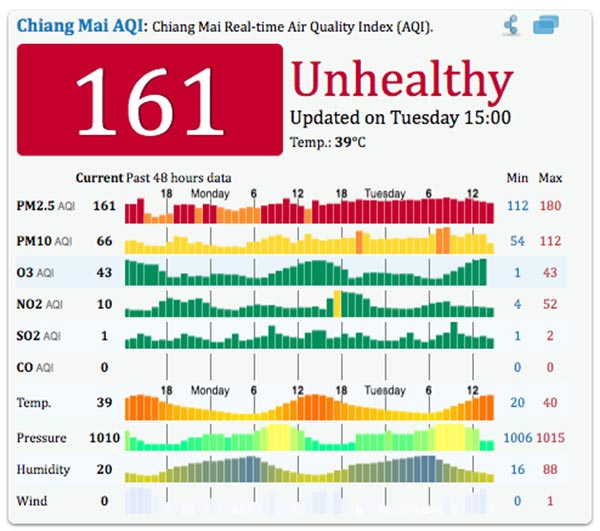
March 5th, during crop burning season: At this time, Chiang Mai sees pollution levels yoyo from 101-150 (Orange, Unhealthy for Sensitive Groups), 151-199 (Red, Unhealthy) and 200-300 (Purple, Very Unhealthy). It's advisable to go out during green and yellow periods
2. Try to Go Out Early Morning or Evening
The very early mornings and evenings are likely to be safer times to be outside during the crop burning season.
This is because the air will have cleared overnight, and there is less traffic contributing to pollution at these times.
3. No Cycling or Running During Burning Season
Chiang Mai is now famed for its excellent cycling routes, particular up to Doi Suthep. But don't cycle in the burning season, or run outside for that matter.
The harder your respiratory system works the deeper you breathe and take in those harmful particles.
Join a gym for the burning season.
4. Take Taxis, Not Tuk Tuks or Songthaews
Riding open air in a Tuk Tuk or Songthaews is unadvisable in the crop burning season.
Limit your expose by taking a public taxi or an Uber (get a free ride here).
5. Get an Air Purifier
If you are an expat or long stayer, you might choose to lower the particulate volume in your home by getting an air purifier with a HEPA filter. This will filter out the most hazardous particulate matter (PM2.5).
=> See purifiers on Lazada (Thailand)
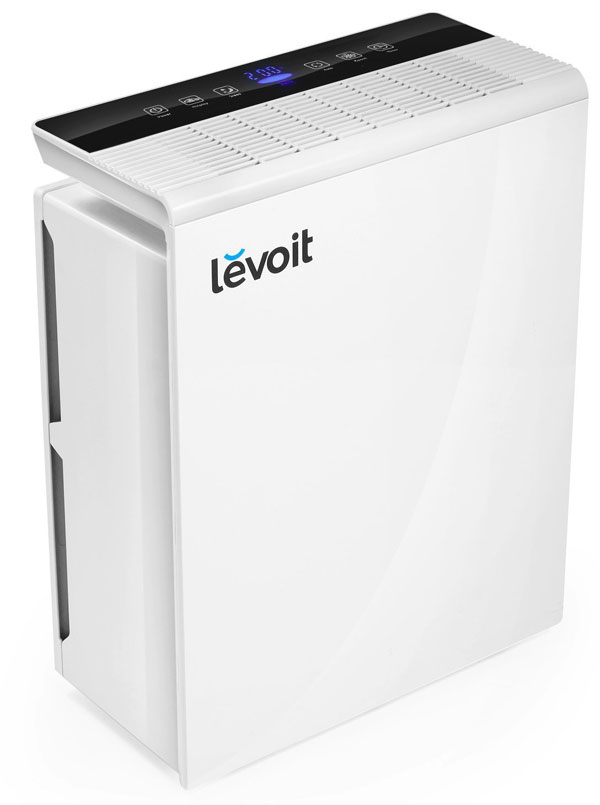
Filters particles as small as 0.3 microns and larger and filters air pollution of PM 2.5. Ideal for people who suffer from allergies, nasal stuffiness.
6. Get an N99 Military Grade Mask
If you hate being stuck in your apartment, at malls, and the gym, get yourself a high-grade pollution mask.
Forget those surgical masks that cost 20 Baht in 7-Eleven, you need the following:
- Grade N99: Lab tested military filtration technology that filters almost 100% of pollution and gases.
- Protection against PM 10, PM2.5, PM 1.0, PM0.3, pollen, smoke and pathogens such as viruses and bacteria.
- A mask with adjustable straps for comfort and maximum efficiency.
- Something that looks half decent and not like a nuclear war was just announced!
=> Buy a mask on Lazada (check out the Banale ones)
The mask uses a unique triple filter system. The first layer catches larger pollution particles such as dust and PM10, followed by the Three-Ply Micro Particulate Filter which stops nearly 100% of smaller particulate matter such as PM2.5 and PM0.3.
The inner filtration layer is made from a 100% pure activated carbon cloth, which was originally developed by the UK Ministry of Defence for chemical, biological and nuclear warfare protection.
The carbon filter is also treated with silver to ensure almost 100% of harmful pathogens are removed and killed. The unique filter system allows the Cambridge Mask to perform better and last longer.
We (my wife, daughter and I) have one of these each for use in Bangkok now, as the air is just so bad at the moment. Indeed, when we can, we get out of town to the countryside and beach.
There are other brands available, but these are washable too, which is great.
7. Refresh Your Home After Rain
Staying indoors, with the air-con on and windows closed isn't a healthy way to live. Fresh air is good!
But pollution from the Chiang Mai haze is worse.
So wait until the air is clear before refreshing the air inside your home. The best time is after heavy rain or wind, or both, and preferably in the morning.
A Note for Those with Existing Conditions
If you are asthmatic, or have a high sensitivity to airborne contaminants, you should not travel in Chiang Mai in the burning season.
In fact, I'd extend this to much of Northern Thailand. for example, Chiang Rai is comprised of heavy farming land and also suffers the haze.
Book your holiday outside of the last week of February and the first week of April.
Masks may not be suitable for those with bad asthma or other respiratory issues, because some masks require you to breathe that bit heavier to maintain flow, which could be problematic for some.
Are you living in Chiang Mai? Are you travelling there right now? Leave your experiences in the comments section below.
Last Updated on
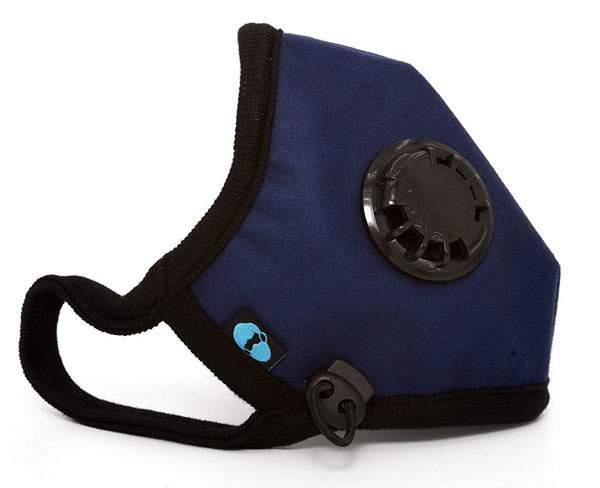
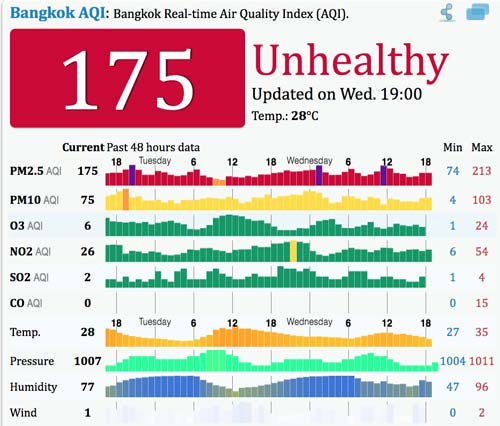
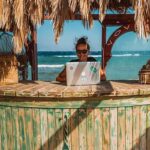

David Macaulay says
It's now December and I have not gone through the burn season but after riding many thousand km's all over the North of TH i am weary of the smoke and will re visit [literally] Koh Samui and Krabi etc.
Finding proper historical data is tough. The website you linked https://aqicn.org/ has some historical data "sometimes". Quite a few reporting stations seem to be down or missing data.
Not everyone has the luxury of moving but i am on my first year of a long term stay and i want to find the right place to make my home. I put up with years of forest fire smoke back home I would rather not be around it so looks like the South for me and live with the with the hotter wetter weather.
Pity as i love the North especially Chiang Rai and Phrae but i will come back up every year to travel on motorbike to enjoy the area still.The historical charts seem to show the situation getting better from my looking at dozens of reporting sites here is to hoping composting comes into play one day.I do see trucks with straw in them and baling of straw as well on the farms.
Dec 07, 2022 at 10:22 pm
JamesE says
Dec 08, 2022 at 12:47 am
David says
Putting all of this into context is the challenge because no where is perfect but placing oneself out of harms way then getting on with life is my plan here. For example living next to a highway one inhales brake pad dust and tire dust as well as vehicle pollutants so moving next to a highway and a hill in Phuket wont do much good.
Interesting point you make about outflows from Central China as well. I lived on the West coast of North America where coal plant residue from China ends up dropping on people after circling the Northern Pacific. I have not looked at that data for years but the estimated annual deaths from this particular material was very high. It contained radioactive hot particles as well. How all these pollutants get stratified and distributed is of interest to me.
I do wonder what a long term moderate exposure rate of 50-100 AQI would result in? Whether it would amount to much at all?
I have read people's accounts of living in Manila and contracting COPD after a few years. Using a HEPA filter and negative ionizer in your home just makes sense regardless but i am haunted by the Norths small peaceful towns and cool climate VS the muggy weather and prices down south but with the better air quality. I can see leaving the North for a few months during the worst of it but the daily 70 AQI sort of thing i question. Honestly do not know the long term effects of that average level. Having access to an averaged chart where i can delete time periods would show. These air quality charts are not as detailed as the financial charts i am used to using.
If the fires were burned at a higher rate of combustion this would not be happening. Makes me think of the potential wasted resource here, either burning the straw at proper temperature in a controlled steam turbine electricity plant and scrubbing the exhaust or large scale composting for pre heating water to supplement the steam turbines.
Burning this waste product that adds very, very little fertilizer value into a value added commodity seems the best way to go. Win win for all.The farmers are very important to us all it would be great if they can make money from the plant material.
I really like this fellows ideas on the plastic problem.Win win for all.
https://www.sustainableplastics.com/news/australian-billionaire-back-chemical-recycling-efforts-globally
Dec 08, 2022 at 10:52 am
bob says
Mar 26, 2019 at 11:27 pm
TheThailandLife says
Mar 26, 2019 at 11:43 pm
Teoh bonnie says
Thanks
Feb 01, 2019 at 6:27 pm
Fore Man says
Apr 12, 2018 at 9:59 am
TheThailandLife says
Apr 12, 2018 at 7:39 pm
Alexis Taylor says
Apr 07, 2018 at 8:37 am
TheThailandLife says
Apr 09, 2018 at 8:39 pm
ANGIOLO says
Mar 26, 2019 at 12:16 pm
Louis says
This is a very detailed video that will help anyone looking into the broccoli family and sprouting for detox.
https://m.youtube.com/watch?v=zz4YVJ4aRfg
I’m also looking into other parts of Thailand that have minimal pollution.
Any suggestions on where the best year round air quality can be found in Thailand and s.e Asia?
Regards,
Louis
Mar 12, 2018 at 5:00 pm
Martin wilson says
Mar 09, 2018 at 11:25 pm
James E says
Mar 07, 2018 at 10:20 pm
TheThailandLife says
Mar 07, 2018 at 10:35 pm
James E says
Mar 07, 2018 at 11:13 pm
John says
Mar 10, 2019 at 12:21 pm